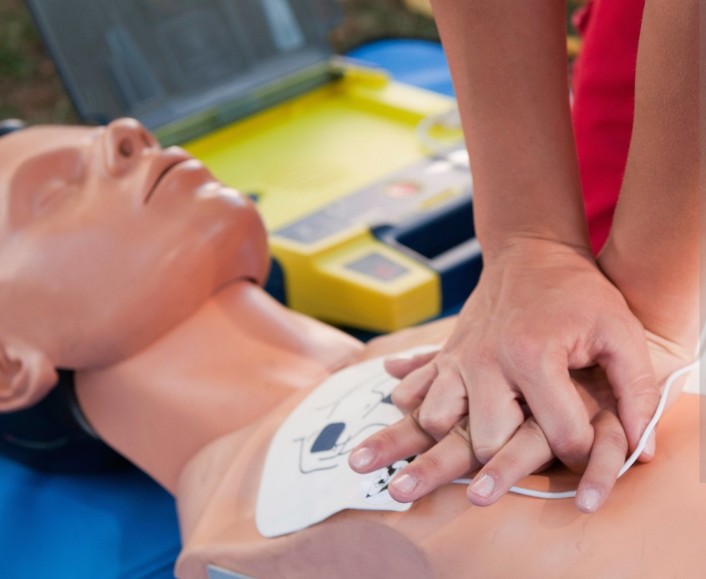What should you do if you witness a drowning? Do you know how to do the proper CPR for a drowning victim?
More than 360,000 people die from drowning every year. These heartbreaking statistics show how much more focus should be on drowning prevention.
The sad news is that ten percent of these deaths could be prevented with proper intervention. This doesn’t have to happen to you or someone you love.
The world is dangerous, but you won’t have to live in fear if you’re prepared. Learn CPR for drowning incidents and be prepared to help those in need.
When to Administer CPR for Drowning Incidents
When administering CPR, you should check whether a drowning victim is not responding to verbal or tactile stimuli. If they are unresponsive, you should call 911 and begin rescue breathing. If the person is conscious, lay them on their back and tilt their head slightly to open their airway and start drowning first aid.
You can complete a CPR course through proper classes and exams for expanded knowledge and practical experiences with CPR’s theory and practical application. Completing a course will also ensure you are equipped with the necessary skills to help people in situations where help is needed.
If you want to take a class and obtain a CPR certification, check the link: https://cprcertificationnow.com.
Essential Components of CPR
The essential CPR components for drowning victims are chest compression, rescue breaths, and rescue accessories. Chest compressions are necessary for maintaining the circulation of oxygenated blood to the organs and brain when a person has stopped breathing. It should begin immediately when a drowning incident occurs.
During CPR, maintain a 30:2 ratio of compressions to rescue breaths. Use both hands, interlocking fingers for stability, and press down on the center of the chest. Compressions should be 2-2.4 inches deep at a rate of 100 to 120 per minute.
Each rescue breath should allow the chest to rise and fall, and the gusts must be enough to make the chest rise. If a victim’s chest does not rise, they do not receive enough air, and the rescue breaths must be repeated. Rescue accessories include a respiratory pocket mask, Guedel airway, and oxygen tanks.
Common Mistakes to Avoid
Inevitable common mistakes must be avoided during a drowning emergency. The first mistake is panicking. In a life-or-death situation, remaining calm and taking calculated steps will ensure efficient and effective care delivery.
Next, providing too much assistance to affected individuals can be dangerous. It is essential to have another person present to assist if needed. Lastly, it is necessary to perform CPR correctly.
Emergency Preparedness
It is important to remember to stay calm and not panic when administering CPR for drowning incidents. This can help you assess the situation correctly and do what must be done.
First, you must check if the person is conscious or unconscious. Then, follow the proper steps and avoid common mistakes to increase the chances of success for the victim’s recovery.
We hope you found this helpful post. If you want to read more, please continue exploring our site.

